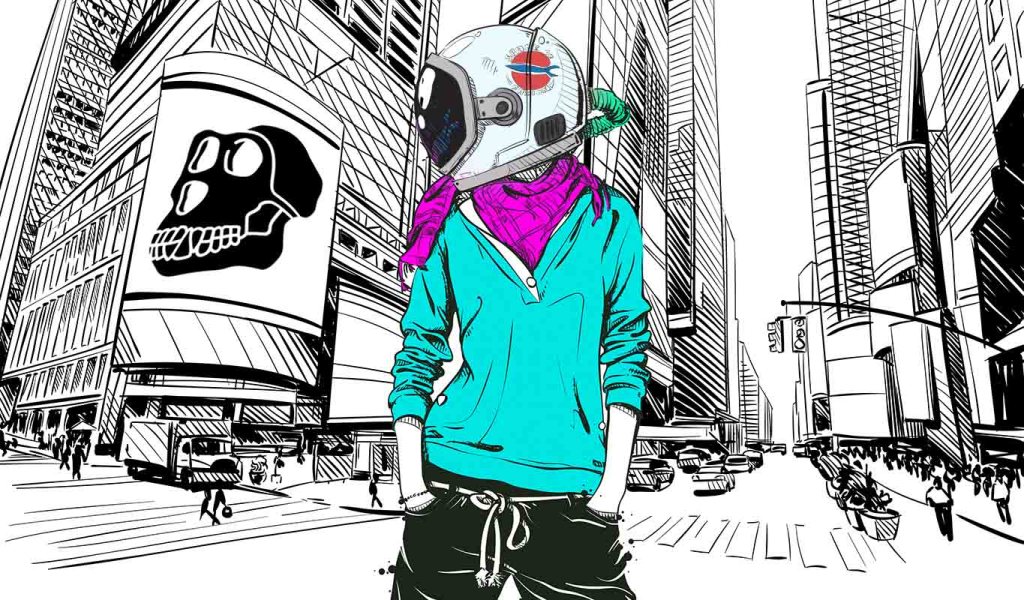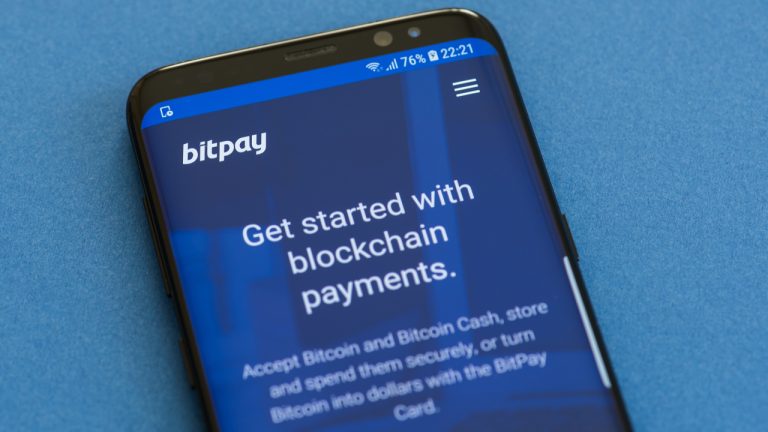
Jack Daniels is dropping digital collectibles in an AR game, while FIFA launched an AI-football simulation game that will eventually ship NFT integrations.
Otherside holders get dripped out in Gucci
Luxury fashion giant Gucci has designed a limited edition pendant for Yuga Labs’ Otherside metaverse that will come in both physical and nonfungible token (NFT) forms.
Gucci’s silver jewelry piece is dubbed the “KodaPendant,” and will drop on April 6 for hodlers of the Koda or Vessel NFTs, which essentially function as either creatures or avatars in Otherside.

The physical chain itself is 50cm long, with a Koda-shaped pendant engraved with “GG.” There will be 3,333 in total on sale for 450 ApeCoin (APE) a pop, worth roughly $1,930 at current prices.
Once the NFTs are purchased, their Koda or Vessel NFT metadata will be updated with a KodaPendant trait, resulting in a physical update to the token’s associated animated character.
Introducing the first discovery of #OthersideRelicsByGucci, a #GucciKodaPendant paying homage to the origins of @Othersidemeta. #GucciJewelry Discover more https://t.co/Fh6pSfmLHg pic.twitter.com/tNUDqLNe3h
— gucci (@gucci) April 3, 2023
It is the first drop as part of a broader collection called Otherside Relics By Gucci, with the two brands being tight-lipped on what is specifically set to come next.
Explaining the partnership in an April 4 blog post, Yuga Labs noted the duo is looking to “push the boundaries at the intersection of fashion, entertainment, and gaming.”
“Throughout our extensive partnership, we will work together to engage Voyagers in immersive experiences at the intersection of fashion, entertainment, and technology,” the firm wrote.
Jack Daniels gets nifty
Whiskey producer Jack Daniels has launched a new Web3-focused campaign built around Polygon-based digital collectibles and Augmented Reality (AR) in partnership with Yahoo Creative Studios.
In a Pokemon Go-style map-based game, the duo will launch an AR mobile experience across five Australian cities where users can explore certain areas to find a “Jack Daniel’s crate.”
The crates contain prizes such as gift vouchers, trips to a Jack Daniel’s distillery, and NFT music tracks from three Australian bands: Winston Surfshirt, Stand Atlantic and the Psychedelic Porn Crumpets.
There are 2,000 tracks up for grabs in total and if someone finds a crate they can then mint it as a collectible on Polygon.
Discussing the idea behind the campaign with Bandt on April 3, Dimitra Tassopoulos, the senior brand manager for the Jack Daniel’s Family of Brands noted:
“We briefed our media agency, Starcom, and said to them ‘we’re a big brand, we need to push boundaries and look at doing stuff differently.’ We’re going to do out-of-home, digital, social and events but we need to find new and innovative ideas.”
“I remember when bands released music and people lined up to purchase it. They could see the cover art and open it up to see the lyrics. That’s something that the younger generation has not had the joy of discovering because things seem a little less personal when you’re streaming the song rather than owning the song,” he said.
NFT thieves cashed out on Blur in March
Roughly $10.9 million worth of NFTs were stolen in March with three-quarters of them being first re-sold on the Blur marketplace, according to data from blockchain security firm Peckshield.
Tweeting from its alert-focused account on April 2, the firm also outlined half of the stolen NFTs in March were sold within two hours of being swiped with 19.5% of the sales coming from OpenSea.
“$10.9M worth of NFTs were stolen, representing a 32.72%% decrease from the previous month. Half of the stolen NFTs were quickly sold on marketplaces within 2 hours,” the firm tweeted.
#PeckShieldAlert In Mar. 2023, $10.9M worth of #NFTs were stolen, representing a 32.72%% decrease from the previous month
— PeckShieldAlert (@PeckShieldAlert) April 3, 2023
Half of the stolen NFTs were quickly sold on marketplaces within 2 hours
~74.9% of the stolen NFTs were first sold on @blur_io, followed by 19.5% on… pic.twitter.com/ymD891aeSo
Packshield did not offer an explanation as to why the NFT thieves flocked to Blur in March.
Notably, the stolen NFT activity on the marketplace was much lower in February, representing roughly 20% of the first sales of stolen NFTs despite the platform being in the middle of a token airdrop campaign.
FIFA’s new AI Web3 game
FIFA, the international governing body behind association soccer, launched a new artificial intelligence (AI) and Web3-based mobile game called “AI League” on April 4.
AI League initially launched in open beta on Android, with plans to come to Apple’s App Store soon.
It consists of a “4-on-4 casual football game, played between AI-controlled characters” with the player acting as a coach by controlling tactics and customizing player attributes.
Related: What are dynamic NFTs?: Use cases and examples
The AI characters do not depict actual professional players, instead resembling characters from an animated film or avatar-based NFT project.
In terms of Web3, the characters will eventually become NFTs that can be traded on a marketplace developed by FIFA. The game was announced late last year as part of a range of Web3 games that were supposed to ship before the 2022 world cup in Qatar.
Other Nifty News
According to a March 30 report from blockchain analytics platform DappRadar, there was $4.7 billion worth of NFT trading volume in Q1 2023, more than double that of the previous quarter. The firm pointed to bullish action from the Blur marketplace which took the market by storm during its token airdrop farming period in February.
In light of Hong Kong’s commitment to developing cryptocurrency infrastructure, fintech officia King Leung recently visited Japan to talk with policymakers and regulators in Tokyo to better understand the idea around Web3 digital assets.
NFT Creator, Emily Xie: Creating ‘organic’ generative art from robotic algorithms









